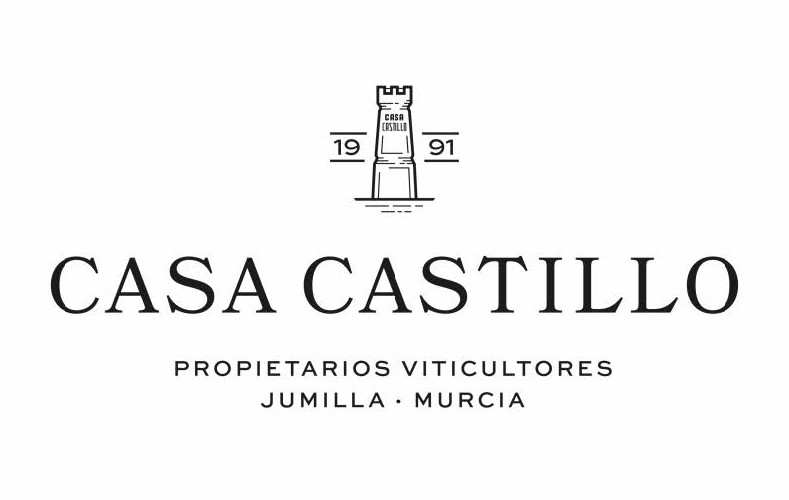Casa Castillo, `La Tendida` Jumilla


Vintage: 2022
| Vintage | Product Code | Format | Closure | Availability |
|---|---|---|---|---|
| 2022 | CS802B22 | 6 x 75 | Natural Cork | Available |
Producer
Casa Castillo, in the words of Luis Gutiérrez, “is not only the leading producer in Jumilla but also among the very best in Spain.” Owner José Maria Vicente, a shining light in a region known for bulk production, has put Jumilla on the fine wine map. He has earned a global reputation for producing elegant and complex expressions of Monastrell, demonstrating the variety’s potential in the right hands and place.
José Maria’s grandfather bought the Casa Castillo estate in 1941 after the Spanish civil war. There were already some vines and an old cellar dating back to the 1870s, built by previous French owners escaping the plight of phylloxera, but for many years the land was used for other crops. This changed in 1985, when José Maria and his father began replanting and expanding the vineyards, and then in 1991, when they released their first vintage. It’s been a steep learning curve for José Maria ever since, and his thirst for knowledge and desire to improve the wines has been unrelenting. As Luis Gutiérrez attests, “he’s done what it takes to make world-class wines: travel the world, talk to the best producers, walk their vineyards, purchase and drink their wines and learn from it all.”
The estate is certified organic with 170 hectares under vine. Here, the soils are primarily calcareous and sandy, and certain plots have a high proportion of gravel. The Monastrell, Garnacha and Syrah bush vines are dry farmed and planted at very low density, resulting in yields of about three tonnes per hectare. Most of the vines are planted on north-facing slopes at around 700 metres above sea level. Conditions in Jumilla can be unforgiving, with hot, dry summers and very little rainfall. The northerly aspects provide some respite from the intense summer sunshine, and a high diurnal range ensures the grapes ripen slowly and retain freshness.
In stark contrast to the harsh conditions, the wines are defined by elegance and precision. They are made with indigenous yeasts and minimal intervention, short maceration times and varying amounts of whole bunch. Fermentation takes place in stainless steel and underground concrete vats, and the wines are aged in a combination of concrete and old French oak, primarily demi-muids and foudres.
The Monastrell is a superb introduction to the range and offers exceptional value. ‘El Molar’, made from 100% Garnacha and named after the neighbouring mountain, is a perfumed and characterful expression. ‘La Tendida’ and ‘Las Gravas’ are primarily made from Monastrell, blended with a touch of Garnacha. ‘La Tendida’ is sourced from younger vines planted on calcareous soil, displaying lifted aromatics of wild herbs and flowers. The fruit for ‘Las Gravas’ is sourced from a north-facing gravelly vineyard. It has an ethereal character, with refined tannins and perfect balance. The flagship wine, ‘Pie Franco’, is Casa Castillo’s most critically acclaimed, regularly receiving 99+ points from Wine Advocate. Made in very small quantities from ungrafted Monastrell vines planted in 1942 by José Maria’s grandfather, it is one of Spain’s greatest wines.
Vineyards
When José Maria's grandfather bought the estate in 1941, there were already some vines planted, but for many years the land was used for other crops. In 1985, José Maria and his father began replanting and expanding the vineyards and now, the estate boasts 170 hectares under vine, all of which are certified organic. The soils are primarily calcareous and sandy, and certain plots have a high proportion of gravel. This wine is made from a selection of parcels from the 'La Tendida' vineyard. 'La Tendida' has a gentle slope with north exposure and sandy loam soils which have a calcerous gravel layer on the surface. The bush vines are low yielding and between 13-16 years old.
Vintage
2022 was Spain's hottest year on record, with vine cycles in almost all of Spain's wine regions running almost two weeks ahead of normal. There was severe drought from October - May, followed by a long and hot summer, with several days exceeding 40°C. Temperatures were not much higher than in previous years, and the low-yielding vines didn't suffer too much from the lack of water. Harvest started on the 28th of August, and finished on the 6th of october. Due to the heat, total volumes produced in Jumilla were down between 30-35%.
Vinification
The grapes were handpicked and partially destemmed with 30% remaining whole bunch. Fermentation took place using indigenous yeasts in underground stone lagares at controlled temperatures between 30º to 32º C. The wine was then transferred to oak foudres for malolactic fermentation and aged for 14 months in 5000L foudres and nuetral, 500L French oak demi-muids prior to bottling. No fining or filtration took place.
Tasting Notes & Technical Details
This wine has a distinguished nose with distinct red cherry and raspberry notes highlighted by a spicy nuance. On the palate this wine is smooth and ripe with a subtle minerality driving the long finish.
Alcohol (ABV)
15%
Acidity
4.75 g/l
Residual Sugar
0.51 g/l
pH
3.62
Other wines from this producer
Producer | Wine | Product Code | Features | Style | |
|---|---|---|---|---|---|
| Casa Castillo | Jumilla Monastrell | CS801 | R | Factsheet | |
| `El Molar` Jumilla | CS803 | R | Factsheet | ||
| `Las Gravas` Jumilla | CS804 | R | Factsheet | ||
| `Pie Franco` Jumilla | CS805 | R | Factsheet |